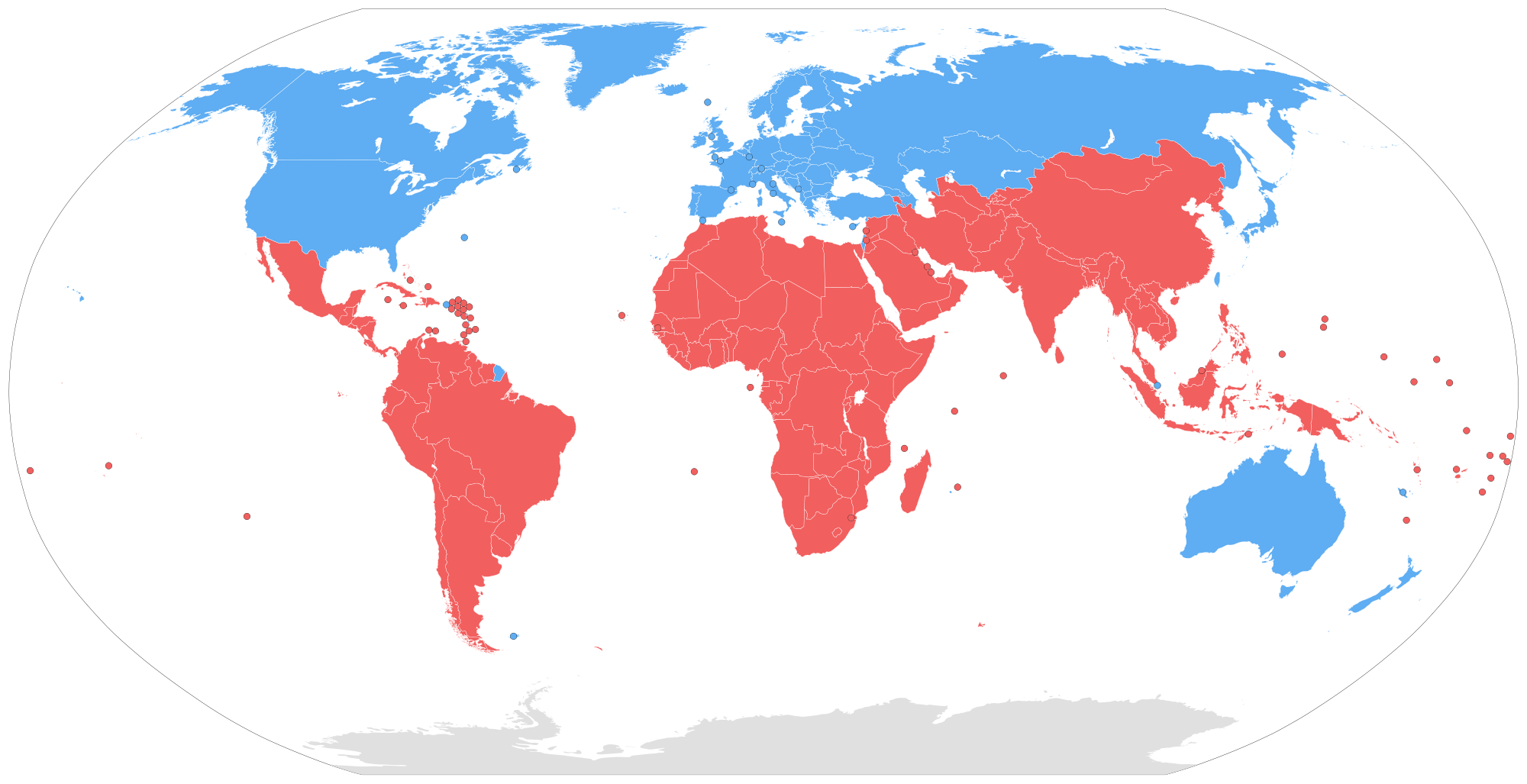3-person IVF and exploiting a “no rules” global South

Headlines in September announced the birth of the first child with genetic material from three people, using the technique known as 3-person in vitro fertilization (IVF). It was widely reported that Dr. John Zhang, a New York City-based fertility doctor, delivered the child in Mexico in order to avoid US regulations. Zhang said he chose Mexico because “there are no rules.”
The media flurry surrounding the case touched surprisingly little on the way Zhang stretched existing rules and regulations on human experimentation, or on researchers’ and doctors’ ethical and legal obligations to follow them. Many scientists and professional organizations were also silent on this point. In the immediate aftermath, the Center for Genetics and Society emerged as one of the few critical voices, issuing a press statement saying, “No researcher or doctor has the right to flout agreed-upon rules and make up their own. This is an irresponsible and unethical act, and sets a dangerous precedent.” (See here for other critics.)
In recent weeks, three articles have shed new light on the 3-person IVF birth: the first, co-authored by two bioethicists, examines laws in Mexico that would apply to this birth; the second, by Zhang and co-authors in Reproductive BioMedicine Online, describes the clinical procedure and the resulting baby’s health; and the third, a critical commentary by that journal’s editors, explains their decision to publish Zhang’s report despite its weaknesses and limitations.
Let’s take a closer look at the additional problems that have recently been identified.
Zhang should have gotten IRB approval in the US before going to Mexico
According to the American Medical Association’s (AMA) Opinion 2.077 — Ethical Considerations in International Research, “When US investigators participate in international research they must obtain approval for such protocols from U.S. Institutional Review Boards (IRBs).” These guidelines are meant specifically for situations “[w]hen the research is to be conducted in countries with differing cultural traditions, health care systems, and ethical standards, and in particular in countries with developing economies and with limited health care resources.”
In failing to seek IRB approval in the US before going to Mexico, Zhang and his team violated the AMA’s guidelines on international research. And by specifically going to Mexico because, as Zhang openly stated, “there are no rules,” the team flagrantly flouted the ethical underpinnings of these guidelines by seeking to exploit what they considered a weaker regulatory environment.
Misleading consent forms
The AMA’s Ethical Considerations in International Research further outline a clear, informed consent process. The editorial in Reproductive BioMedicine Online pointed to problems with the consent forms used by Zhang and his team. First, the consent form for the intending mother did not specify the risks associated with experimental 3-person IVF techniques, “discuss[ing the techniques] only in a superficial manner,” and did not include “risks specific to mitochondrial replacement.” Secondly, the separate consent form for the egg provider mentioned nothing about the intention to use the eggs for this procedure.
It is unclear whether the perceived weaker regulatory environment in Mexico prompted Zhang and his team to be more lax in preparing the otherwise strict language of informed consent forms, but in any case it is highly problematic.
Mexico has laws, and it appears Zhang broke them
It’s true that Mexico has no rules specifically regulating or forbidding 3-person IVF. It does, however, have laws that would govern its use, which Zhang and his team appear to have broken. As noted by the bioethicists César Palacios-González and María de Jesús Medina-Arellano, the experimental procedure violated Mexico’s federal Regulations of the General Health Law on Health Research, which only allow research on assisted reproduction to “solve sterility problems that cannot be solved otherwise.” Zhang’s patient was not infertile; instead, the procedure was an effort to provide her with a biologically related child with lower risk of mitochondrial disease.
It also appears that Zhang and his team violated Mexican federal regulations concerning research on human subjects.
Global justice consequences
Characterizing nations of the global South as perfect havens where “there are no rules,” as Zhang and his team have so egregiously done here, reinforces a trend that normalizes risky human experimentation that would not be tolerated elsewhere. It further serves to normalize cross-border medicine — such as surrogacy and egg retrieval — practiced in ways that often exploit marginalized local populations.
This approach also fails to consider the serious social and policy consequences that conducting such experimental procedures may have in these countries. For example, Palacios-González and Medina-Arellano report that Zhang’s experiment has been used by politicians in Mexico seeking to push restrictive and discriminatory legislation on assisted reproductive technologies.
As we have seen, Mexico does have rules, and Zhang’s team broke them. He and his team also ignored ethical guidelines they should have followed in the US, as well as the effects their experimental work could have on the wider regulatory environment of assisted reproductive technologies in Mexico. Their work should not be celebrated as it has been by many in the media and the wider scientific community. Rather, we need to stop and consider the negative social implications of this type of rogue science, and its likely effects on both public trust of science and public health worldwide.
Image via WikiMedia Commons



